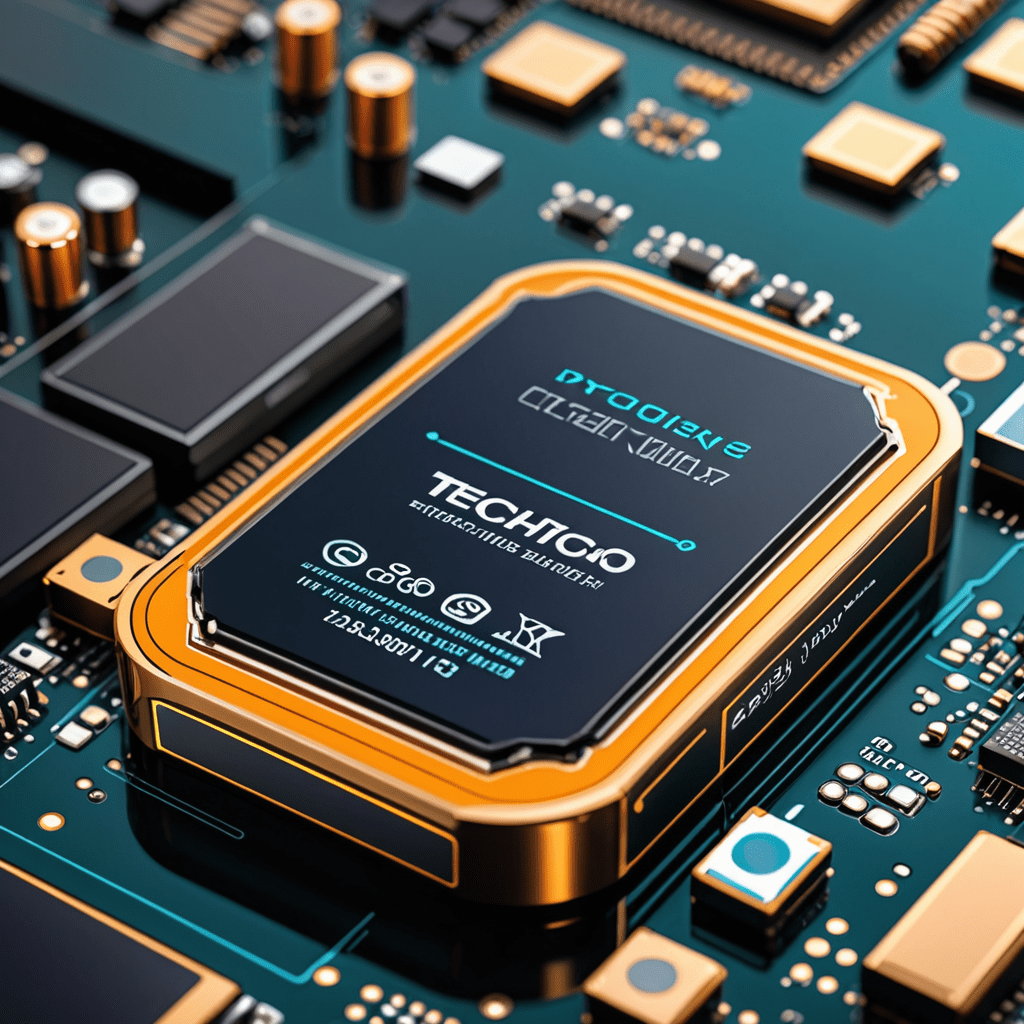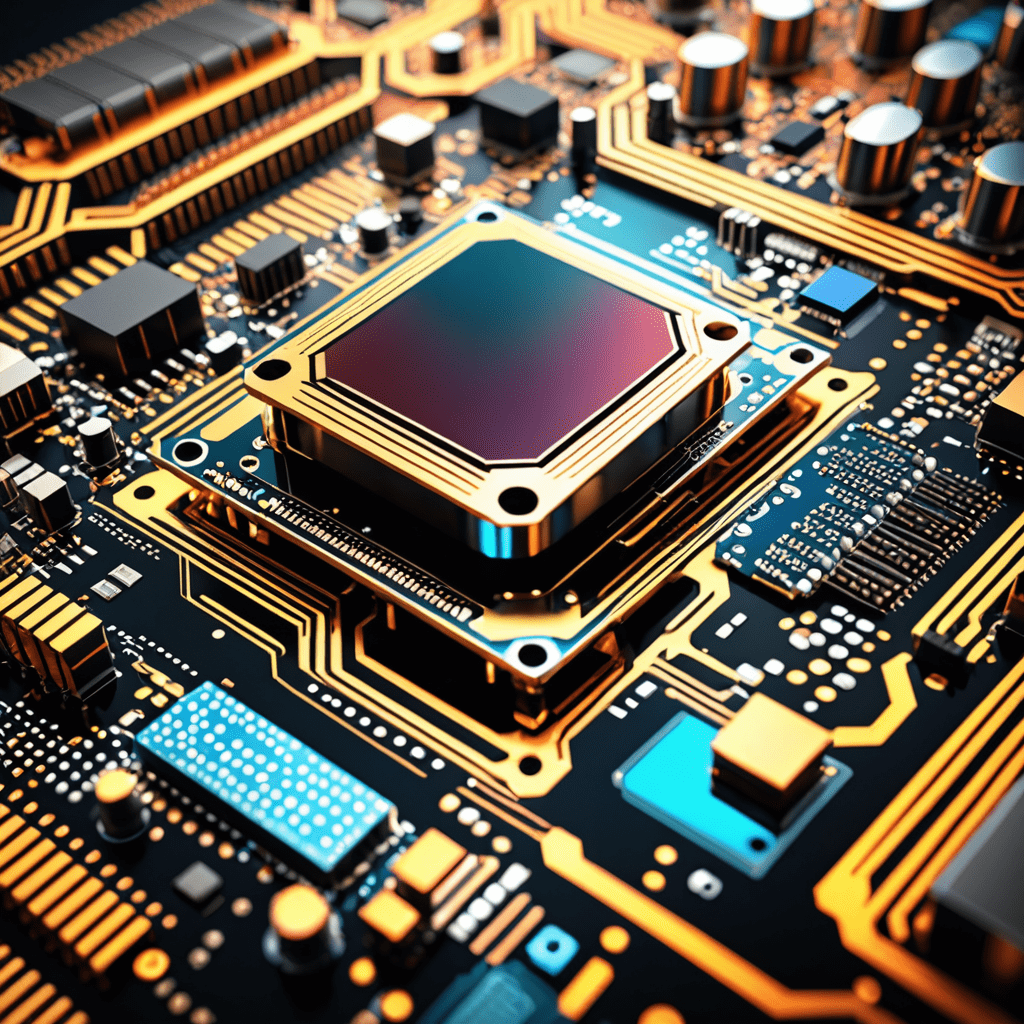
Nanotechnology in Flexible Batteries: Powering Devices with Flexible Tech
Flexible batteries are revolutionizing the way we power our devices, and nanotechnology plays a crucial role in enhancing their performance. Let’s delve into how nanotechnology is shaping the future of flexible tech.
Understanding Flexible Batteries
Flexible batteries are energy storage devices that can be bent, twisted, or shaped without losing their functionality. They are lightweight and versatile, making them ideal for powering wearable electronics, flexible displays, and even medical devices.
The Role of Nanotechnology
Nanotechnology involves the manipulation of materials at the nanoscale, allowing for the creation of structures with unique properties. In flexible batteries, nanomaterials such as carbon nanotubes, graphene, and nanowires are used to enhance conductivity, increase energy density, and improve flexibility.
Benefits of Nanotechnology in Flexible Batteries
By incorporating nanotechnology, flexible batteries can be made more efficient, durable, and safer. Nanomaterials enable faster charging speeds, longer lifespan, and better energy storage capacity, making them ideal for powering a wide range of devices.
Applications of Flexible Batteries
Flexible batteries have diverse applications, ranging from wearable fitness trackers and smart clothing to foldable smartphones and electronic skin patches. The flexibility and lightweight nature of these batteries open up new possibilities for seamless integration into various products.
Challenges and Future Developments
Despite the advancements in nanotechnology, there are still challenges to overcome in the development of flexible batteries, such as ensuring scalability, improving efficiency, and reducing costs. Researchers are actively working on solutions to address these issues and pave the way for even more innovative applications.
The Future of Flexible Tech
As nanotechnology continues to advance, the future of flexible tech looks promising. Flexible batteries powered by nanomaterials hold the key to unlocking new functionalities in electronic devices, healthcare technologies, and beyond. The intersection of nanotechnology and flexible batteries promises a more connected, convenient, and sustainable future.
FAQ – Nanotechnology in Flexible Batteries
What is Nanotechnology in Flexible Batteries?
Nanotechnology in flexible batteries involves the use of nanomaterials to create batteries that are lightweight, bendable, and can conform to various shapes. These batteries have the potential to power flexible devices such as wearables, smart clothing, and bendable electronics.
How does Nanotechnology Enhance Flexible Batteries?
Nanotechnology enables the construction of batteries with high energy density and flexibility. By using nano-sized materials like nanowires, nanotubes, or nanosheets, the battery’s performance and durability can be significantly improved. These nanostructures allow for faster charging, longer lifespan, and enhanced power output in flexible batteries.
What are the Benefits of Flexible Batteries Powered by Nanotechnology?
Flexible batteries integrated with nanotechnology offer benefits such as improved portability, reduced weight, enhanced safety, and increased efficiency. These batteries can be seamlessly integrated into wearable devices, curved displays, and other flexible electronics without compromising on performance.
Can Nanotechnology in Flexible Batteries Revolutionize the Tech Industry?
Absolutely! Nanotechnology in flexible batteries has the potential to revolutionize the tech industry by enabling the development of innovative and versatile electronic devices. From foldable smartphones to smart fabrics, the integration of flexible batteries


